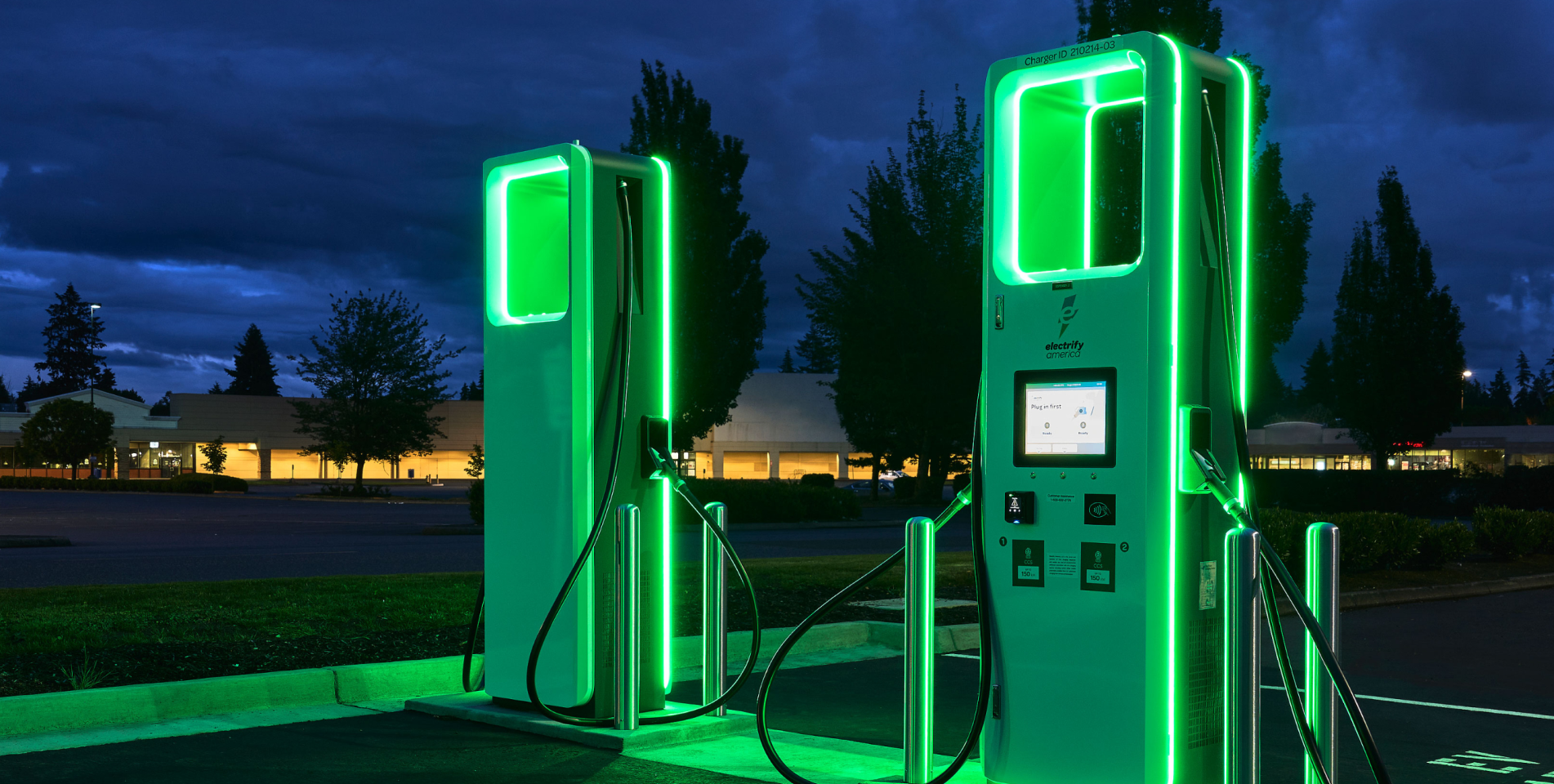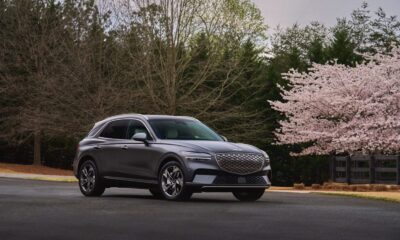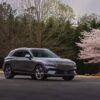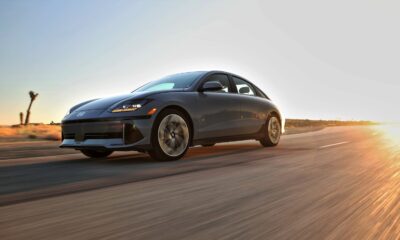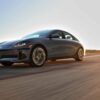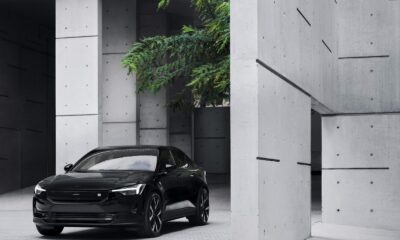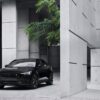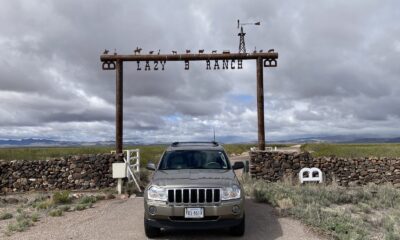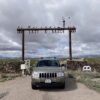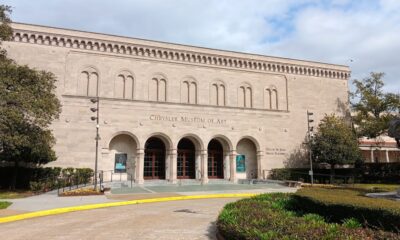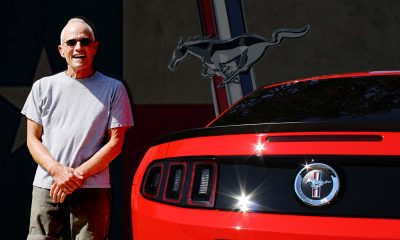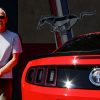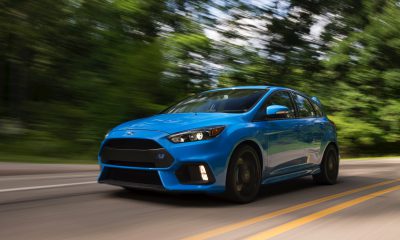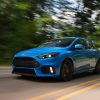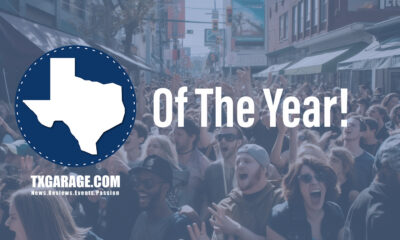Garage
PLUGGING INTO TEXAS – EVs grow in popularity, but infrastructure lags
PLUGGING INTO TEXAS
EVs grow in popularity, but infrastructure lags
Every day we see established, legacy automakers — along with scrappy start-ups — make sweeping announcements about their bold plans for electric vehicle production, battery plant construction or technical alliances. These usually come with outsized spending plans and target dates in the not-to-distant future for when these plans become reality.
The driving public generally supports a cleaner environment, lower vehicle maintenance costs over the lifetime of a vehicle, production of more affordable, middle-market EVs and the proliferation of EV charging stations nationwide.
So far, California, Florida and Texas are the top three states for EV registrations in the U.S. Of the total EVs registered nationwide but measured on a state-by-state basis, California holds 42 percent of those registrations while Florida and Texas come in at 5.7 and 5.1 percent, respectively, according to the website electrek.com, which cited data from the Alternative Fuels Data Center (AFDC) of the U.S. Department of Energy website.
The EV popularity in California is due to stricter emissions standards as mandated by the California Air Resources Board (CARB), the weather-friendly environment of the state, the availability of Tesla vehicles produced in a giant factory in Fremont, and – of course – the state’s large population. A total of 13 other states – mainly on the East Coast, plus the District of Columbia – have adopted California’s emission’s standards.
Texas and Florida’s EV registration numbers are primarily due to the state population and the resulting total vehicle registrations. Sparsely populated states like the Dakotas and Wyoming have fewer vehicle sales and therefore are at the bottom of EV registrations.
Those numbers of EV registrations will continue to rise as the choices from legacy and start-ups grow and the average price of an electric vehicle is reduced as competition increases and charging technology advances.
At the recent Washington Auto Show (in the nation’s capital), the prevailing theme was the growth of EV production, vehicle choices and charging technology.
Gina McCarthy, the top advisor on climate to the Biden Administration and the former head of the Environmental Protection Agency in the Obama Administration, said the current administration’s goal is 50 percent of U.S. vehicle sales to be EVs by 2030, plus converting the 600,000-vehicle government fleet to EVs.
“The EV market will be transformational,” she said at a public policy media briefing. “There are plans for 13 new EV battery plants in the Midwest and the Southeast” to support the ambitious plans of new and established auto companies.
She predicted that 500,000 new EV charging stations will be built nationwide as a national network along interstates as well as in inner cities, low-income neighborhoods, and rural areas.
“We plan to use federal dollars to help close the gaps,” she said, citing $7 billion in the new federal Build Back Better infrastructure law. She said $5 billion of that money will go toward charging stations and $2.5 billion will go toward local grants to support the development of charging stations.
According to the U.S. Department of Transportation, Texas had 52,190 registered EVs at the end of 2020, cited in a report released in June 2021. That’s fewer than 1 percent of the total 22 million registered vehicles in Texas.
But those few EV owners in Texas are not alone. The Texas Department of Transportation website www.txdot.gov/driver/travel/ev-tips.html offers support for EV drivers on how to charge at home, where to find the state’s 2,000 charging stations, plus guidance for state rebates and federal tax credits for EV purchasers.
The state of Texas offers a $2,500 rebate on the purchase of an EV. The federal tax credit is $7,500 for purchasing an EV, provided the manufacturer has not already sold more than 200,000 EVs like Tesla and General Motors.
The Texas DOT says EV drivers save about $500 to $1,500 a year in refueling costs compared to traditional gasoline-powered vehicles. DOT also points out that manufacturers estimate a 40 percent reduction in maintenance costs over the life of an EV vs. a gas-powered vehicle.
Still, despite the plans of automakers and federal and state governments, industry experts see problems with EV adoption by consumers.
“Consumers want EVs, but the infrastructure is a huge problem,” said Matthew Nelson, Director of Government Affairs for Electrify America, during a panel discussion on the topic “How Are States Preparing for Tomorrow’s Infrastructure?” at the Washington Auto Show.
Nelson said three things need to happen for EVs to be widely accepted.
- Charging must be ultra-fast, meaning 20 miles of range per minute. When that happens, it will be a “game-changer.”
- Charging stations need to be reliable so there is no question on whether it will work for your vehicle.
- Charging needs to be a simple and easy experience that solves a problem which is a prerequisite of the industry.
He said 80 percent of charging takes place at home but 50 percent of all EVs do not have access to electricity at night when measuring EV owners living in apartments vs. single-family homes.
Electrify America is an electric vehicle DC fast-charging station network with more than 500 charging stations and over 2,200 charging units. It is a subsidiary of Volkswagen Group of America.
Later in the conference Alex Vetter, CEO of Cars.com, weighed in on consumer adoption of EVs.
“We see EV demand by brand and state, and consumer adoption is an issue,” Vetter said. “EVs are lagging in demand. EV search share (on Cars.com) is less than 5 percent of demand. In California, EVs are 8% of demand on Cars.com.”



